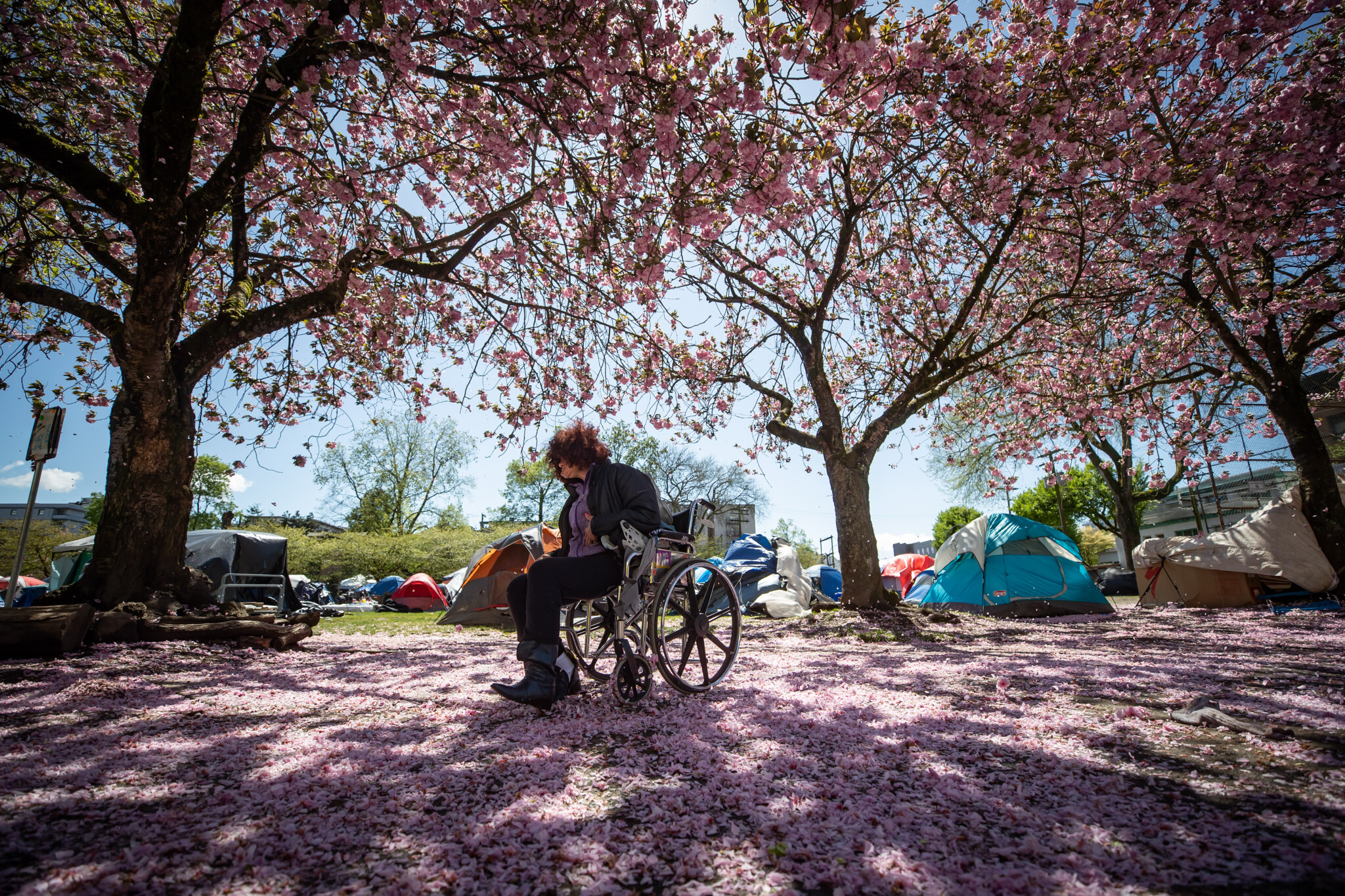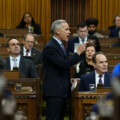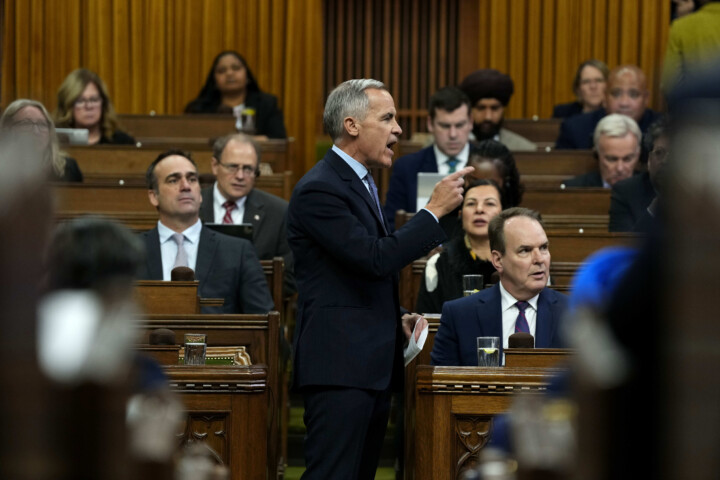It’s often said that government budgets are expressions of values. If so, Canadians should be self-conscious about some of the decisions that we’ve made over the past decade or so—a period of significant fiscal expansion.
Total government spending in Canada grew by nearly two-thirds between 2013 and 2023. Meanwhile, total government debt has increased by almost 50 percent over the same period.
So we’ve been borrowing and spending more and yet outcomes for some of our most vulnerable citizens—including Canadians with disabilities—haven’t improved.
As of 2022, close to 1 million working-age disabled Canadians were living below the poverty line. That’s about twice as high as the poverty rate for those without disabilities. People with disabilities are also more than twice as likely to report household food insecurity. In fact, as the Maple Leaf Centre for Food Security’s Sarah Stern noted on a recent episode of Hub Dialogues, more than half of Canadians experiencing food insecurity are disabled.
The explanation for these outcomes can be largely found in the dissonance between the growth of overall government spending and the degree of underspending on disability benefits and programming. Consider that the maximum annual income for single people living with a disability is below the poverty line in every province. The financial gap between provincial assistance rates and the poverty line is as much as $13,000 and $15,000. In Ontario, for instance, a single person on the Ontario Disability Support Program can receive up to just $1,368 per month for basic needs and shelter.
The OECD classifies government spending on sickness, disability, and occupational injury benefits as “spending on incapacity.” In 2020, Canada spent just 0.8 percent of its GDP on these benefits and programs—the fifth-lowest ahead of only Turkey, Costa Rica, Colombia, and Mexico. The top-spending jurisdictions like Norway and Denmark, by contrast, spent closer to 3 or 4 percent.
These different data points tell a rather damning story. In a society where government spending has been rapidly rising and now represents more than 40 percent of the total economy, we’ve collectively chosen to “legislate poverty” for persons with disabilities.
This is not about big government or small government. It’s not a function of inadequate fiscal capacity. It’s a result of our choices. It reflects a perversion of the basic purpose and functions of the state.
One of the core roles of government is to collectivize support for people who aren’t able to fully meet their own material needs due to intellectual, mental, or physical disabilities. The design, generosity, and scope of these public benefits and other supports are the proper subjects of political decision-making. But the basic notion that the government in a wealthy society should ensure that the basic financial needs of disabled citizens are fulfilled ought not to be contentious.
It isn’t with Canadians. Polling tells us that they strongly believe providing such financial support should be a top priority for Canadian policymakers. Yet our politicians haven’t been listening. They’ve massively increased spending on non-core activities and functions and neglected their basic responsibility to ensure that people with disabilities can live with dignity.
Culpability extends across various governments of different political stripes. Most of the blame in fact rests with provincial governments who by and large are responsible for disability benefits and related programming. They’ve not only failed to ensure that these programs provide an adequate standard of living but up until recently they didn’t even bother to have them keep up with inflation. The result is that in some provinces their value in real terms has eroded to 1990s levels.
The federal government isn’t off the hook though. The Trudeau government was re-elected in 2021 with a promise to establish a new Canada Disability Benefit to augment provincial and territorial benefits. The policy commitment galvanized the disability community which actively participated in the post-election consultation process and supported the enabling legislation which itself was the subject of unanimous parliamentary approval. Yet last year’s budget fell short in terms of its earmarked resources. The Canada Disability Benefit will only provide recipients with $200 per month.
This is a far cry from what disability advocates have expected—and for good reason. Federal program spending is up by more than three-quarters since the Trudeau government first came to office. There’s been plenty of resources available for various forms of (dubious) public spending during this period. The Parliamentary Budget Officer has estimated for instance that federal subsidies for electric vehicle production now exceed $32 billion. Yet the government suddenly became inexplicably parsimonious when it came to funding for those with disabilities.
Put bluntly: it’s a distorted conception of the role of government that dictates we should prioritize scarce public dollars to profitable, foreign-based automakers over Canadians with disabilities living in poverty.
We need to get back to basics. That involves having a clear understanding of government’s first-order responsibilities and being able to distinguish between what is a core function of the state and what is superfluous.
This will take on far greater importance if Pierre Poilievre and the Conservatives win the next federal election. A Poilievre-led government committed to balancing the federal budget will require a framework to make principled-based judgements about what the government should do and not do.
Whatever method the government uses, it ought to recognize that boosting public support for Canadians with disabilities is not only compatible with a limited government agenda but in a way it’s a values-based expression of such a worldview in practice.
It establishes a limiting principle for government spending by stipulating that scarce public dollars ought to go to pulling disabled Canadians out of poverty and then challenges other stakeholders (or special interests) to justify their claims on the government against such a self-evidently principled purpose.
This is how we can rebalance government priorities and put an end to poverty by legislation for Canada’s disabled population.
This article was made possible by the Maple Leaf Centre for Food Security and the generosity of readers like you. Donate today.











